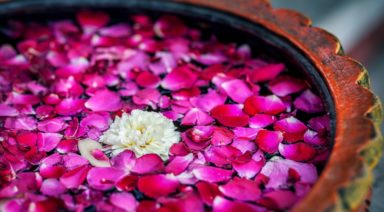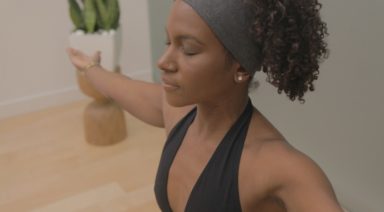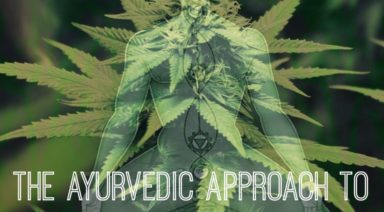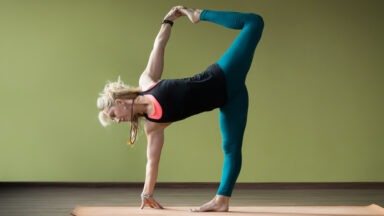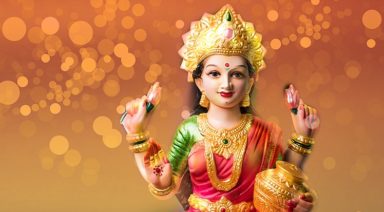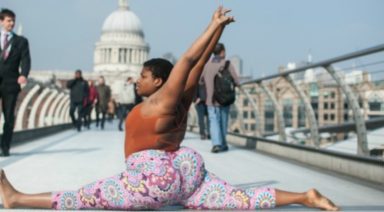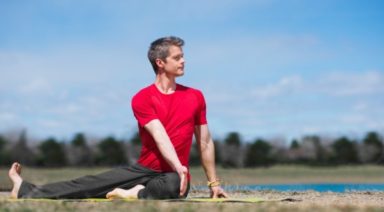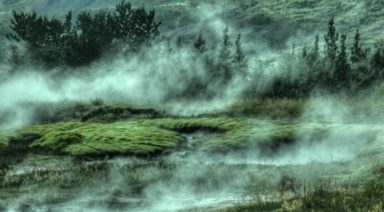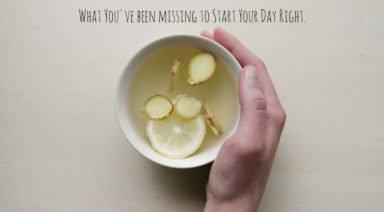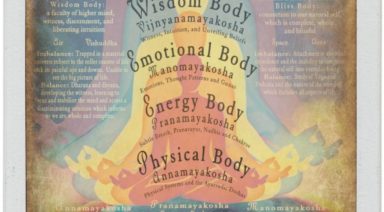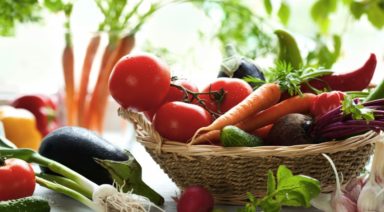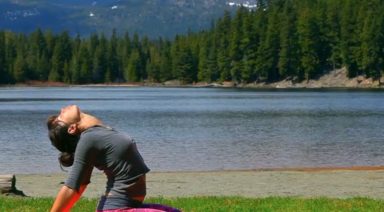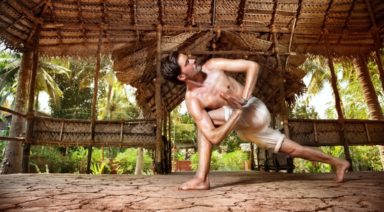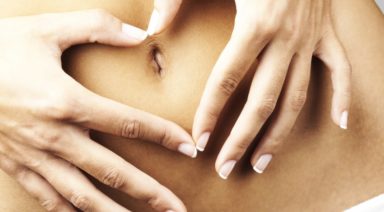Panchakarma: An Ayurvedic Cleansing Method
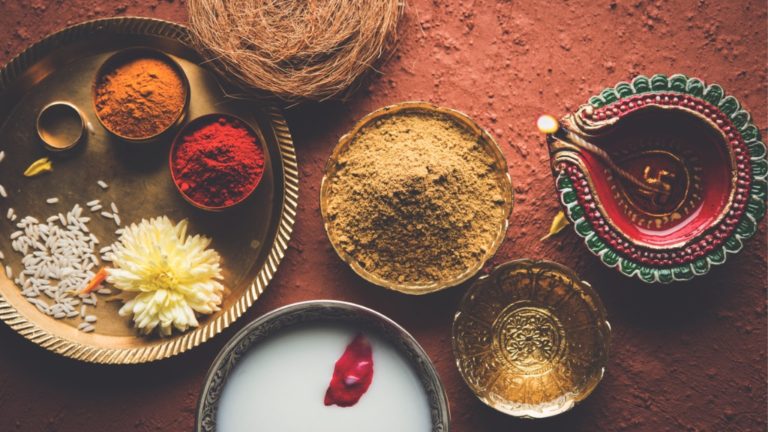
What is a Panchakarma?
The panchakarma is the crown jewel in Ayurveda’s treasure house. Ayurveda is a holistic system of medicine, with roots in Hinduism, that emphasizes preventative and healing therapies along with various purification techniques. In Ayurveda, the five basic elements — ether, air, fire, water and earth — are manifested in the body as three different predominant constitutions, or doshas. Each person has one dosha that dominates, except in the extremely rare case that the three doshas — vata, pitta, and kapha — are in equal balance.
The best metaphor for a panchakarma detox is that it’s like getting an oil change — for your body. It’s kondo-ing your diet, pruning it down to only the most nourishing foods — kitcheree and ghee. It’s detox on “steroids,” combining a restrictive diet with specific massage treatments, rest, yoga, meditation, enemas, and herbs. Think total reboot plus system upgrade.
The idea behind a panchakarma, also called PK, is to bring the body back to its natural order and restore doshic balance. Typically, if one’s predominant dosha is given free reign and its preferences allowed to dominate (in Ayruveda this is known as doshic derangement), it disturbs the harmony of one’s whole being. Consciousness, digestion, and elimination all become impacted, and a mild protest starts to foment in the body, laying the groundwork for chronic disease and ill health.
Slowly, toxins accumulate while digestion weakens, creating a perfect storm for toxin retention — ence the tenacity and thoroughness of the PK protocol. You channel your inner Macbeth to wage war on your deranged doshas and declare “out, damned [toxins].”
Why would people undertake such a project? Because despite the rigors, you feel so good, during and after. Imagine no flatulence. Not a single belch. No indigestion, period. You start to experience your body with relish, as if it’s a well-oiled machine, which it is. You can practically hear your digestion purr.
But lest you be tempted to do some version of a panchakarma at home, most experts recommend doing your PK at a professional center, especially for the first time. Panchakarma is tuned individually with constitution and specific disorders in mind. It’s a process that requires close observation and supervision.
When is a good time to do a PK? Often designed to correspond with the change of seasons, according to Ayurveda expert John Douillard, “I always feel the best time to detox or do Panchakarma is when you have the time to really rest and retreat yourself.”
PK is a lot more drastic than a mild cleanse that involves a lot of fresh pressed juices and the occasional sauna. For a PK, you will be asked to drink ghee, submit your tummy to daily kneading (abhyanga), take special herbs to induce vomiting and elimination, and unplug from the world at large (renouncing phones, screens, and even books) to the best of your ability. And the mainstay of your diet will be kitcheree, a perfectly balanced blend of rice and pulses, lightly spiced and cooked to a fragrant mush, designed to be the easiest thing to digest.
In sum, it’s not for the faint of heart, nor the physically weak. And even for those robust enough to take it on, because of its extremity, it needs to be eased into with a pre-PK diet (mainly kitcheree, vegetables and ghee), that primes the body for the detox ahead.
Finally, although panchakarma is often thought of as the entire procedure, it really is only one part of a group of therapies belonging to a whole cohort of cleansing procedures. Pancha means five and refers to five favored purification techniques that take place during the cleanse. Here’s a brief version of what you will encounter on your PK journey:
Vamana
Also known as therapeutic vomiting, vamana is a way to get rid of excess mucous (kapha). According to Vasant Lad, a renown Ayurvedic author and doctor, “this also releases repressed emotions that have been held in the kapha areas of the lungs and stomach along with the accumulated dosha.”
The rewards: A lightness in the chest, unobstructed breathing, clear thinking, clear voice, good appetite.
Virechana
Administered towards the end of your PK, after the doshas have had a chance to soften, the toxins loosened by copious amounts of ingested ghee, and prodigious amounts of oil rubbed into every crevice of your body, the final push so to speak, is virechana (therapeutic laxatives) day. No breakfast is eaten that day and a bitter tasting laxative is mixed with juice in an attempt to mask its taste. The laxative, which induces bowel movements cleanses the body of excess pitta accumulation, purifying blood and clearing toxins. The laxative targets the toxins accumulated in the liver and gallbladder, thus completely cleansing the gastrointestinal tract.
The rewards: Virechana is like a weapon of mass destruction for any lingering accumulated toxins. It gets at the motherlode of bile—excess pitta—that makes its home in the small intestine. After virechana, the overall effect is one of lightness, clarity, and strength.
Basti
Therapeutic enemas, made from sesame oil and herbal blends, are administered during a PK, or self-administered afterwards, at home. The idea of basti is that it gets at the root of vata related diseases, such as constipation, distention, chronic fever, cold, sexual disorders, kidney stones, heart pain, backache, sciatica and other pains in the joints. Vata is thought to reside in the bone tissue, therefore the enema delivery system means that treatment goes into the deeper tissues, like the bones, and corrects vata disorders.
The rewards: Basti can be used for a variety of reasons, including bowel regularity, joint support, excess vata causing gas, nervous system support, and healthy sleep patterns. Basti promotes overall vitality, which begins with a healthy and supple colon that in turn sets the foundation for well-being, a graceful aging process, luster and a healthy glow.
Nasya
Not applicable for everyone, nasya is a nasal therapy (massaging the inner walls of the nose with ghee) that is indicated for prana disorders, sinus congestion, migraine headaches, convulsions and certain eye and ear problems.
The rewards:A clear respiratory tract, plus a major side benefit: It is believed in Ayurveda that the nose is the pathway to the brain. Nasya is thought to improve intelligence and memory.
Rakta Moksha
Therapeutic bloodletting is not allowed in U.S. PK clinics due to obvious liabilities. But in India such treatments do exist, with the purpose of curing many blood-borne disorders.
The rewards: It is good for patients suffering from chronic skin conditions such as psoriasis, vitiligo and eczema, non-healing ulcers, and varicose veins.
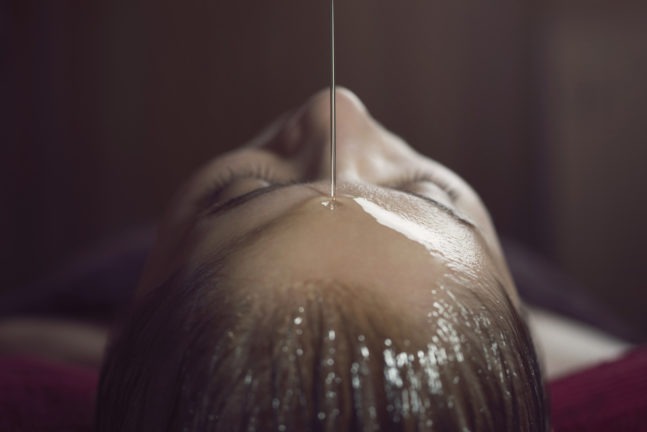
In general, think of PK as more than the sum of its karmas. It has an impressive synergistic effect, bestowing a born-again sense of embodied wellness. Your body will feel new, as tender as a baby’s, with a new urge to protect your health. It’s hard to not come out of a PK feeling transformed on a cellular level, as if each atom of your body had been loved.
Indeed oil, which is used for most PK massage treatments, also means “love” in Sanskrit. PK’s thoroughness, while at times draining, is equal parts invigorating: Imagine feeling like Dante, who ends his Purgatorio with this beautiful stanza: “I came back, from the most sacred waves, remade, as fresh plants are, refreshed, with fresh leaves: pure, and ready to climb to the stars.”
Alternative Medicine Part 2: Ayurvedic Medicine
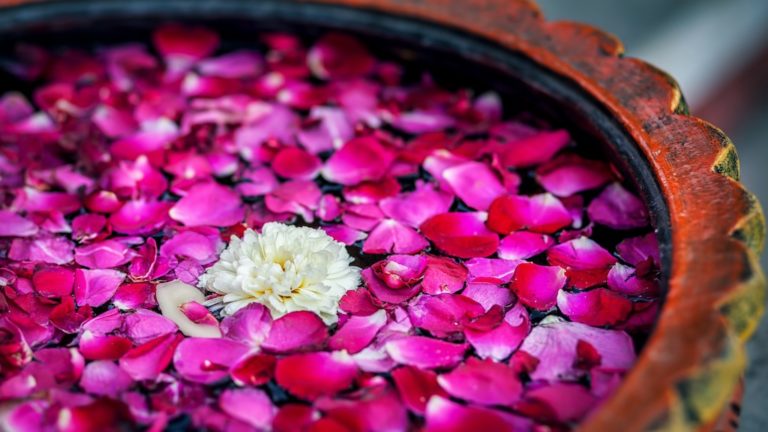
Twenty — even 10 years ago, if a patient wanted to explore unconventional treatment options, they were on their own. Traditional health professionals generally didn’t encourage alternative medicine or treatments, discouraging departures from allopathic treatment models such as drugs and surgery. But as the efficacy of non-traditional treatment models, such as traditional Chinese medicine (TCM) mentioned here in part one, ayurvedic medicine, massage and chiropractic adjustment, naturopathy, diet and natural supplementation — even homeopathy and sound therapy, is being validated by research, new branches of medicine are emerging.
Integrative, Functional, Complementary, and Alternative Medicine
The “integrative” medical model developed during the early 1990s, but was formalized when the National Institute of Health (NIH) created the National Center for Complementary and Integrative Health (NCCIH). This classification covered non-conventional treatment and research, and was the beginning of a slow recognition of alternative systems. Integrative models include consideration of a patient’s lifestyle, body, and mind, and how to promote well-being for the whole person rather than just diseases and their symptoms.
“Functional” medicine refers to holistic and alternative medical practices intended to improve overall functions of the body’s systems, and explores individual biochemistry, genetics, and environment to determine underlying causes of disease.
According to the NIH, “complementary” medicine combines non-mainstream practices with conventional treatment in a coordinated way. This has helped drive acceptance of alternative therapies such as TCM, diet, and nutraceuticals, or supplements.
Alternative medicine is any practice that falls outside conventional systems, and is not combined with traditional treatments. For example, if a patient chooses ayurvedic medicine, dietary changes, and supplementation to treat their cancer, and excludes conventional therapies, they have entered the realm of alternative medicine.
Exploring Alternative Medicine Models
In recent decades, relatively obscure healing modalities have emerged as treatment options. Some are ancient, such as TCM, Ayurveda, herbalism, and shamanic energy medicine. Others, such as osteopathy, homeopathy, naturopathy, and chiropractic, arrived in the 19th and 20th centuries. Most recently, biofeedback, structural integration, aromatherapy, energy medicine practices such as reiki and sound wave therapy, music therapies such as singing bowls, and mindfulness based stress reduction (MBSR) have found enthusiastic patient support.


